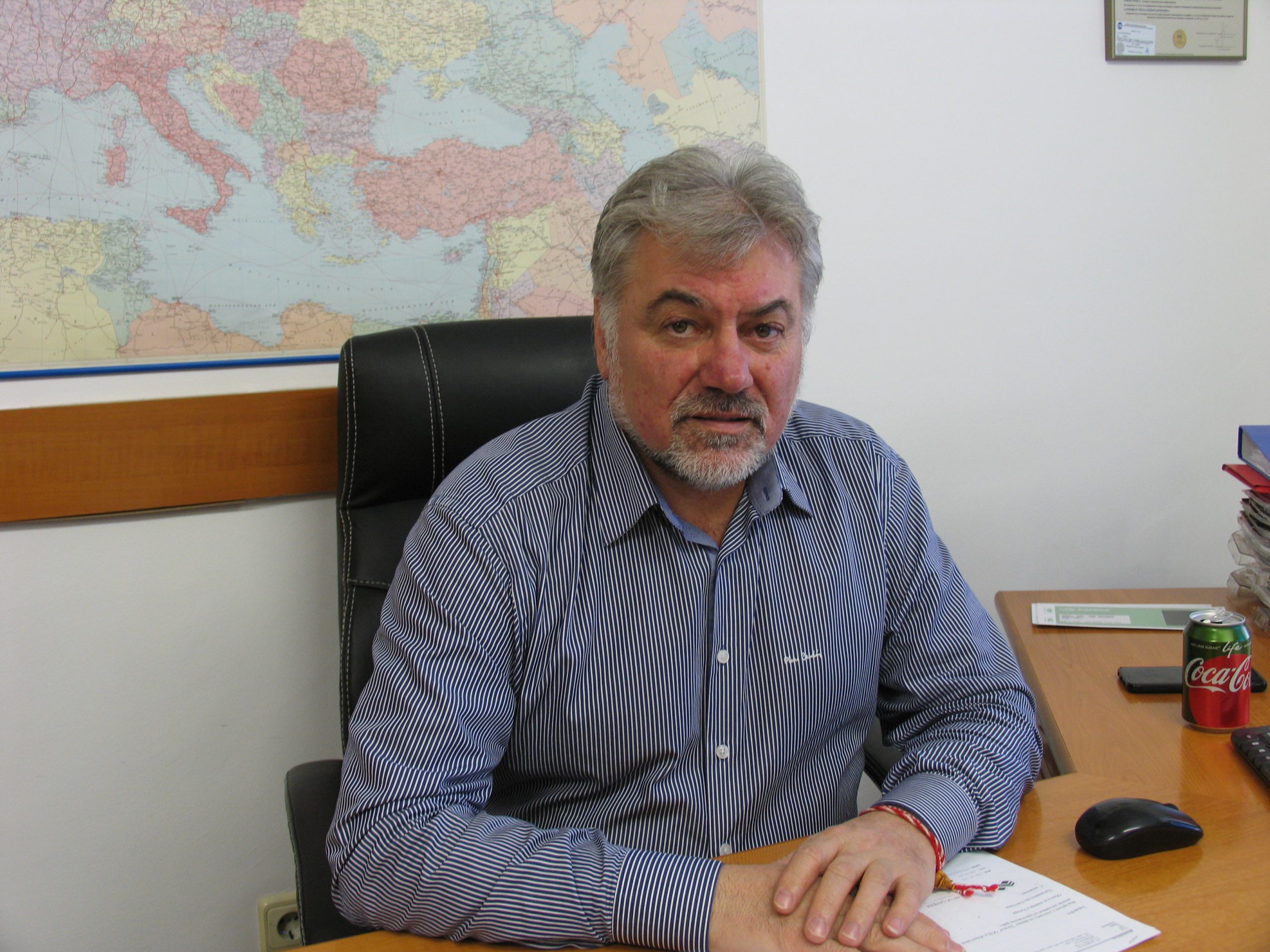SOFIA, BULGARIA, 12th July 2023 - Anton Taskov is the owner of the first privately owned road marking company in Bulgaria. With experience of over 40 years in the industry the businessman shares his views on the improvement of the Bulgarian road system, as well as what is still missing for the country to look and feel like a true member of the EU.
Recently interviewed by Forbes magazine, Mr. Taskov explained that the right way to achieve good visibility of road markings regardless of the season and weather conditions is with the use of the material for horizontal road markings, called Thermoplastic. He is also a pioneer in the use and production of the award-winning material in Bulgaria. His company ‘Signalizacia’ soon marks its 30th birthday and has established its name over the years with uncompromised quality.
The question is why he decided to use thermoplastics and why is it the best material for road markings, he responds: There are several factors: durability, price, environmental friendliness, and safety.
He explains: Acrylic paint, which is often used in our country sometimes doesn't even hold one season, the reflective pearls are sprinkled on top while the paint is wet, and shortly after that the pearls disappear and the visibility is gone.
We work with thermoplastics because it is the best solution in the world and we do everything to promote it and establish it as a standard. As it is for many years in the developed countries. Since the 1950s, thermoplastic marking materials have been widely used in the road industry in Europe, North America, Canada, and most developed countries because it is durable and cost-effective for highways, first-class and second-class roads all over the world.
Today, in many areas, this material remains an attractive option due to its long-term effectiveness, cost-effectiveness, and wide range of applications. Over time, the production and application techniques have changed in many ways, helping improve night vision and increase safety in wet and otherwise difficult road conditions. Thermoplastic road marking is suitable in extremely hot and cold weather, which makes it very desirable for many. Its durability often exceeds the 5-year lifetime period.
Thermoplastic is applied with specialized machines at temperatures above 200 degrees Celsius. They lay a thick layer of the material already mixed with the reflective glass beads. They are inserted into the whole layer, which means new pearls emerge in the process of friction below the surface until the whole thick layer is erased. This way, there is very good visibility of street marking throughout the period of use. This is also the reason why, in recent years, manufacturers of Cold plastic are also starting to use improved techniques with reflective pearls inside the mixture, although the quantity of the pearls is still below the amount of pearls in thermoplastics.
Statistics show that:
- in 1989, 1280 people were killed on Bulgarian roads with 2,600,000 vehicles registered in the country;
- in 2022, 531 people were killed on Bulgarian roads with over 8,000,000 vehicles registered in the country.
These data show that efforts are being made in the country for the safety of roads and road users, but they could be even better. Leading countries in this industry like Sweden for example, have been working on the so-called “Vision 0” project for years. The goal is zero mortality on the country's roads. The countries implementing the measures under the “Vision-0” project have already achieved significant results. Our ambitions are to follow the good examples and know-how of the leading companies in the world and to apply them in
Bulgaria.
Ecology is also extremely important, especially considering the current climate. Thermoplastic is not harmful to the environment. Studies show it does not release harmful volatile substances, unlike acrylic paint and cold plastic. In some European countries, cold plastic and acrylic paint are extremely limited in use due to their toxicity, pollution, and risks to human health.
As in most industries, a number of problems can be easily solved by unifying rather than applying European norms selectively. I believe that our government by its decision-making process will be guided by concerns for people's health and safety, as well as their real needs.


